Increasing Energy Demand
The High Temperature Overhead Conductor Market is experiencing a surge in demand due to the rising global energy consumption. As urbanization and industrialization continue to expand, the need for efficient power transmission becomes paramount. High temperature overhead conductors offer enhanced capacity and reduced losses, making them an attractive solution for utilities aiming to meet growing energy needs. According to recent data, energy demand is projected to increase by approximately 25% by 2040, necessitating the adoption of advanced technologies in power transmission. This trend indicates a favorable environment for the High Temperature Overhead Conductor Market, as utilities seek to upgrade their infrastructure to accommodate this escalating demand.
Focus on Renewable Energy Integration
The High Temperature Overhead Conductor Market is poised for growth due to the increasing focus on integrating renewable energy sources into existing power grids. As countries strive to meet renewable energy targets, the need for efficient transmission solutions becomes critical. High temperature overhead conductors enable the seamless integration of renewable energy by providing higher capacity and lower losses compared to traditional conductors. With renewable energy expected to account for over 50% of global electricity generation by 2030, the demand for high temperature overhead conductors is likely to rise significantly. This trend underscores the pivotal role of the High Temperature Overhead Conductor Market in facilitating the transition to a sustainable energy future.
Integration of Smart Grid Technologies
The integration of smart grid technologies is transforming the High Temperature Overhead Conductor Market. Smart grids facilitate real-time monitoring and management of electricity flow, enhancing the efficiency of power distribution. High temperature overhead conductors, with their superior performance characteristics, are well-suited for smart grid applications. The High Temperature Overhead Conductor Market is expected to reach USD 100 billion by 2025, indicating a substantial opportunity for high temperature conductors. As utilities invest in smart grid infrastructure, the demand for high temperature overhead conductors is likely to increase, positioning the High Temperature Overhead Conductor Market favorably in the evolving energy landscape.
Technological Innovations in Conductors
Technological advancements in conductor materials are driving the evolution of the High Temperature Overhead Conductor Market. Innovations such as aluminum alloy conductors and composite materials enhance the performance and durability of overhead lines. These advancements not only improve the thermal performance of conductors but also reduce maintenance costs and extend service life. As utilities seek to modernize their infrastructure, the adoption of these innovative materials is expected to increase. The market for high temperature overhead conductors is projected to grow at a compound annual growth rate of 8% through 2030, reflecting the impact of these technological innovations on the High Temperature Overhead Conductor Market.
Regulatory Support for Infrastructure Development
The High Temperature Overhead Conductor Market benefits from supportive regulatory frameworks aimed at modernizing energy infrastructure. Governments are increasingly recognizing the importance of reliable and efficient power transmission systems. Policies promoting the use of advanced materials, such as high temperature conductors, are being implemented to enhance grid resilience and reduce transmission losses. For instance, initiatives aimed at reducing carbon emissions and improving energy efficiency are likely to drive investments in high temperature overhead conductors. This regulatory support not only encourages innovation but also creates a conducive environment for the growth of the High Temperature Overhead Conductor Market, as stakeholders align with national energy goals.


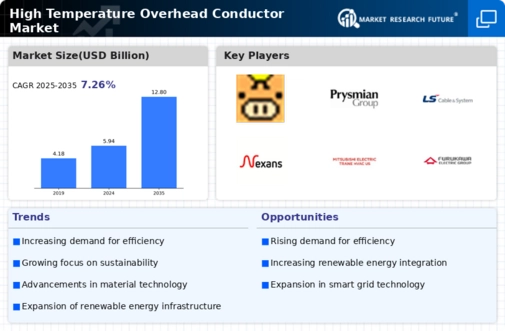

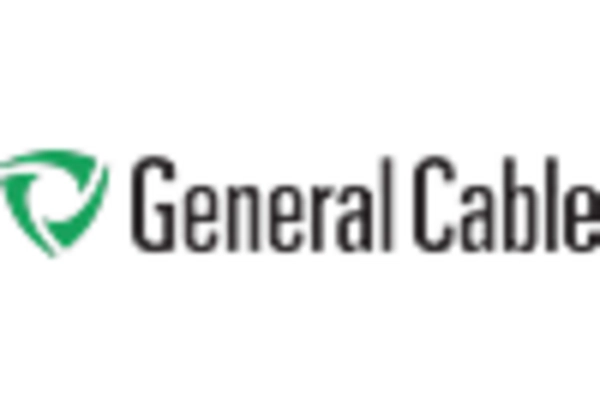

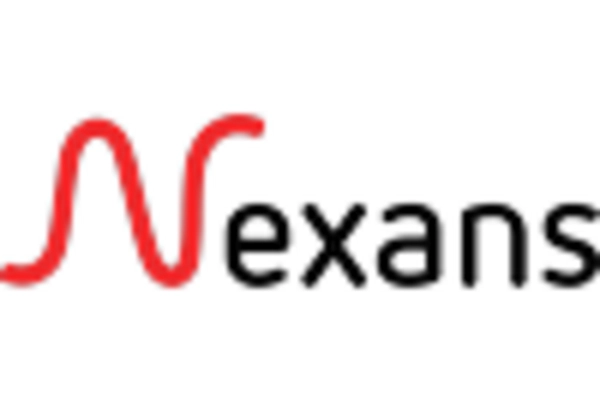
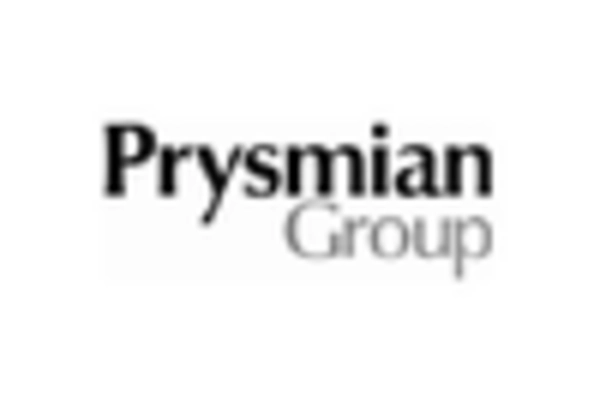
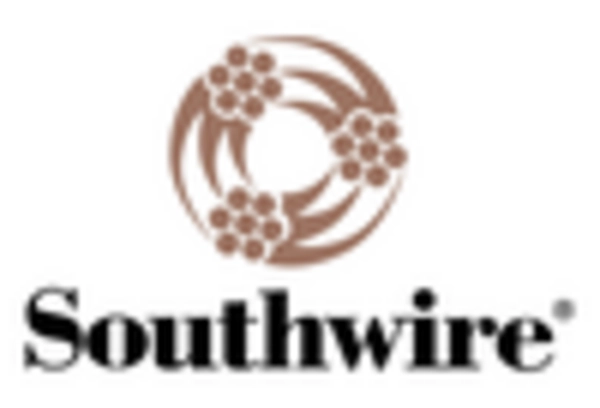








Leave a Comment